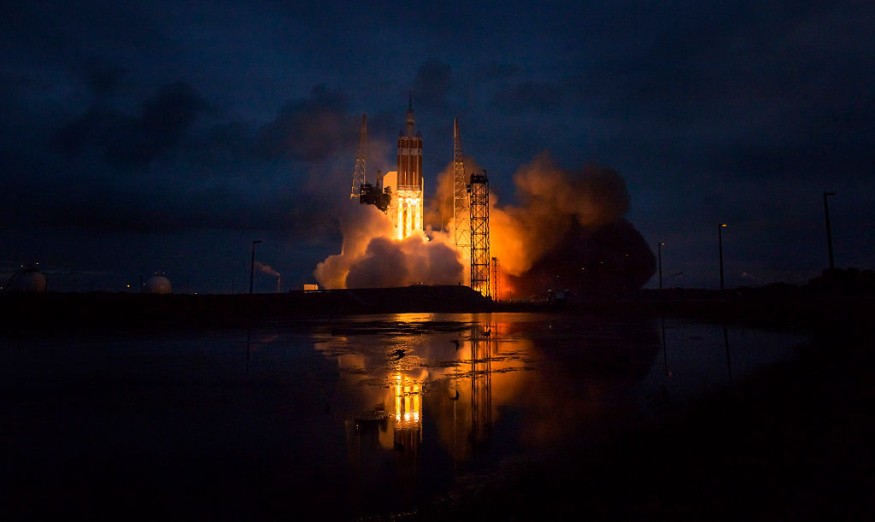The United Launch Alliance (ULA) has placed a pause on the launch of Atlas V on Wednesday. The latest satellite is scheduled to orbit after a launch from Cape Canaveral, Florida.
According to a press release, the rocket should carry a secret spacecraft payload for the National Reconnaissance Office that oversees the U.S. government's network of surveillance satellites.
Since the flight was postponed, the corporation said the rocket had to undergo several fixes. It was rolled out on Tuesday at Cape Canaveral on the launch site.
The launch will take place seven miles from the Cape Canaveral Air Force Station Space Launch Complex 41 visitor complex in Florida.

This should be the 29th launch of NRO in cooperation with ULA, alongside other U.S. mission partners. According to a press statement, the Space Force Space and Weapon Systems Core and the 45th Space Wing.
According to a press release, the satellite aims to provide worldwide coverage of a wide variety of intelligence needs, perform research and development activities, and support emergency and disaster response efforts in the U.S. and around the world.
An unplanned hold is being inserted into the countdown while the launch team examines a ground valve issue with the liquid oxygen system for the #AtlasV first stage. Troubleshooting is underway. https://t.co/M91ugJaYds — ULA (@ulalaunch) November 4, 2020
Technical Difficulties Again?
Currently, they have no delivery goal period, although it was initially scheduled for 5:54 p.m. However, shortly after 5:30 p.m., ULA tweeted that the launch will be deferred until further notice.
As we continue to troubleshoot a ground system valve, the live broadcast will be delayed until further notice. — ULA (@ulalaunch) November 4, 2020
ULA said they have already deployed to the launching pad for the Atlas first stage to inspect hardware in the liquid oxygen store region.
The development of its Atlas V rocket, carrying a military satellite, was already held back by the space firm. Originally, it was set for Election Day but was postponed to Wednesday.
ULA tweeted that the rocket was rolled out to the launch pad, but suffered "reduction of the flow rate of an upper payload environmental control device," forcing engineers to take time and fix the issue.
SpaceX expects to fire the Falcon 9 rocket from Cape Canaveral on Thursday. The flight has already been scrubbed many times and would deliver a satellite to the U.S. before it finally lifts off. Power of Air. The window for launch opens at 6:24 p.m.
How The Launch Should Look Like
With an impressive demonstration of propulsion strength that can be seen from a large distance, new rockets bringing payloads to space take flight. Whether you are near the east coast or close to the launch platform for Cape Canaveral, you will have a prime place to see the launch.
These bigger rockets can be seen from heights up to more than 400 miles away following takeoff. The launch can be seen from places like Tampa or Miami, with decent visibility.
This is why you get up for a sunrise rocket launch. The ice crystals are lit up in the exhaust. They call it the “jellyfish” effect. Amazing! #ULA #AtlasV #AEHF5 pic.twitter.com/vNzwQxvQBp — Rachael Joy (@Rachael_Joy) August 8, 2019
A great contrail can exit the Atlas V, considering it would be only after sunset during the magical afterglow season. Look for a pastel rainbow track and maybe also the spectacular jellyfish impact that these launches often see.
Check out more news and information on Space on Science Times.












